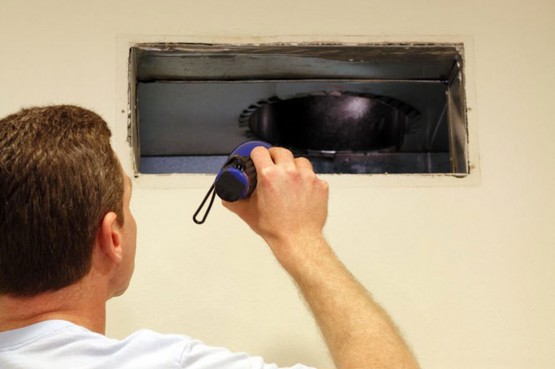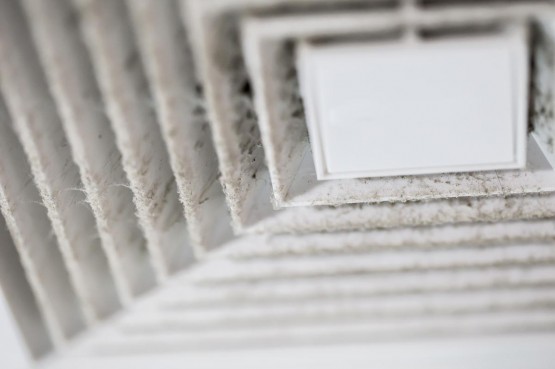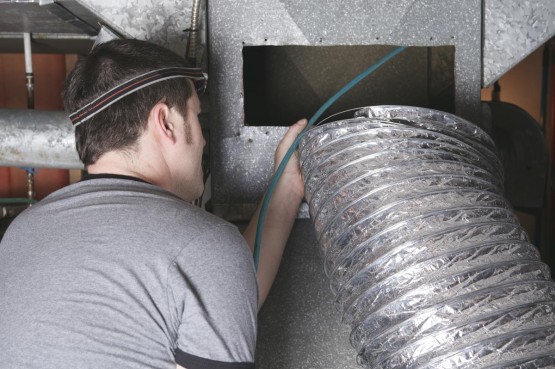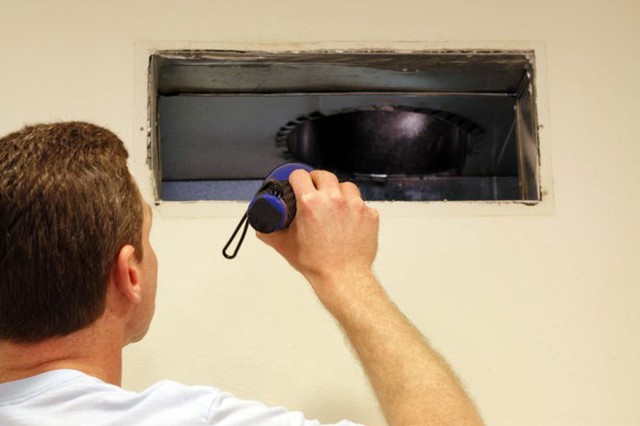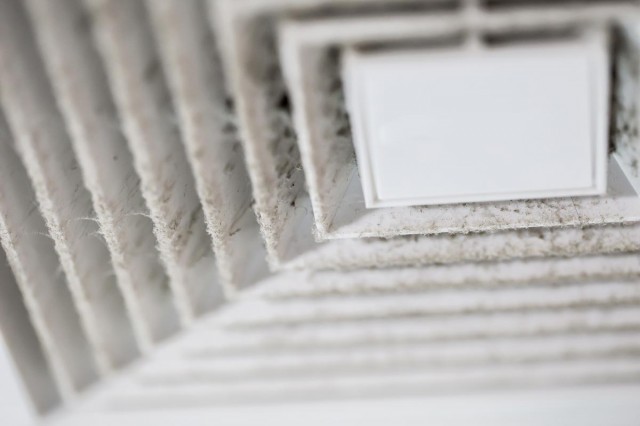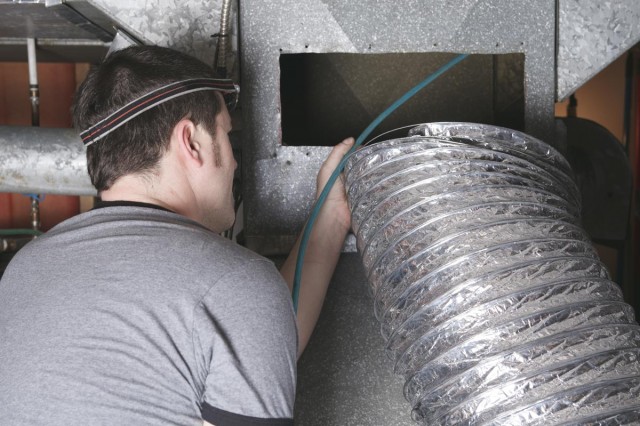Why Is the Carpet So Dirty Around the Edges?
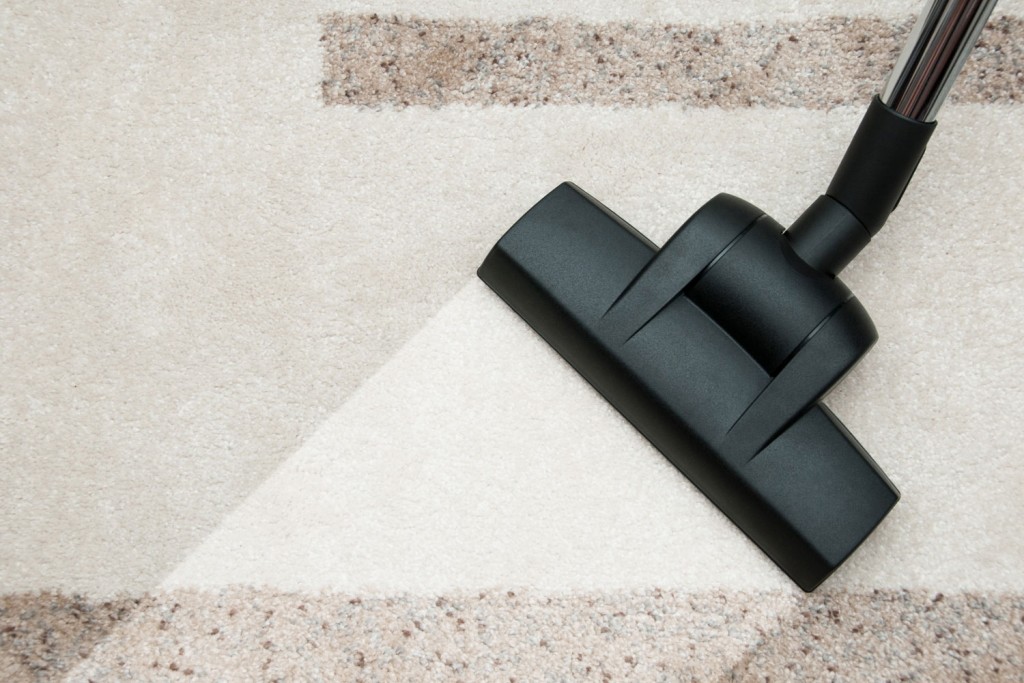
You understand why carpet accumulates dirt and grime in the middle of the room–you track in mud and dirt from outside on your shoes. But you may have noticed that your carpet gets especially dirty, sometimes even black, along the walls and corners of the room. Nobody walks along the edge of the room all day, so why are these areas so dirty?
Read on to find the answer to this question. We’ll also reveal how to clean these dirty marks and prevent future grime from accumulating.
The Cause of Black Edges
The gray or black marks on your carpet are called filtration soiling. The name doesn’t have anything to do with potting soil (although it’s roughly the same colour). It refers to the soiling (or dirtying) that’s caused by your filtration system–your air ducts.
Did you know your air ducts were so dirty? The proof is in the carpet. When contaminants flow through your ventilation system, the dirty air blows into the various rooms of your home. The carpet acts as a filter, gathering the dirt from the air.
You can find evidence of filtration soiling anywhere airflow is restricted near carpeting:
- Along the corners of a room
- Along the edge of walls where the carpet meets the wall
- Along the edges of carpeted stairs
- Along the lines of floorboards under carpet (only in extreme cases)
- Areas where the air vents meet the carpet
- Gaps under doors
- Gaps under the bottom of curtains (often creating wavy lines)
- Holes in carpet caused by carpet nails
The most common household contaminants that contribute to filtration soiling are cooking oils, fireplace ash, candles, cigarettes, and dust.
How Do You Clean Filtration Soiling?
Filtration soiling is extremely difficult to remove. The contaminant particles are very fine, so they dig themselves deep into the carpet fibers. They are often oil-bonded to the fibers as well, especially if the cause of your filtration soiling has an oily base, like candles or cooking oil.
If you have just noticed black marks on your carpet, the filtration soiling is likely to be fresh, and therefore easier to clean. However, if this is a consistent problem that you’ve been puzzling about for years, it’s unlikely the marks can be fully removed.
Since filtration soiling is deeply ingrained in your carpet’s fibers, it’s best to let the professionals handle the cleaning. The most common method professional carpet cleaners use is steam cleaning. They use the combined effects of hot water and a cleaning solution to gently remove contaminants from your carpet.
How Do You Prevent Filtration Soiling?
Once your carpets are cleaned or replaced, you’ll just end up with dirty carpets again soon if you don’t remove the underlying cause. We recommend prevention as the best treatment for filtration soiling
1. Clean out your ventilation system.
Once again, this is a better job for the experts. A professional duct cleaner will clean the parts of your HVAC system that you don’t usually think about, like the heating and cooling coils, air ducts and registers, fan motor and housing condensate drip pans, and air handling unit. The whole process will greatly reduce the number of contaminants flowing through your ventilation system.
You should also change the air filters in your vents every few months. When the filters get overloaded by contaminants and pollutants, they are less effective at screening out particles. Larger particles are able to squeeze through gaps and affect the air quality of your home.
2. Eliminate gaps.
Since the dirt from your ventilation system accumulates in fairly predictable places, you can prevent lasting damage.
Leave interior doors open during the day and night to prevent dirt from getting trapped between the carpet and door. Use an expandable foam sealant to seal the area between the carpet and the baseboard trim. Tighten the screws on air vents when you change the filters.
In extreme cases, the gap between your carpet and the floorboards can also cause filtration soiling. To fix this problem, you’ll have to tear out your carpet and install new carpeting. You can lay sheets of particle board on the existing floorboard before you install the foam insulation below the carpet. Be sure to seal the joints of the particle boards before laying down carpet.
3. Make lifestyle changes.
Since the pollutants that cause filtration soiling are caused by day-to-day activities, you can make small lifestyle changes to limit carpet damage.
Limit candle burning and fireplace fires to special occasions, or replace real flames with battery-operated candles and fragrant wax warmers. Use less oil in your cooking (this will also improve your health). Avoid smoking inside the home, or quit smoking altogether (another healthy choice).
Improve your dusting and vacuuming habits. More rigorous or frequent dusting will prevent dust from accumulating and spreading throughout your home.
Now What?
Now that you know what causes filtration soiling, start fixing the problem today. Call a carpet cleaner to get rid of the staining and a duct cleaner to prevent future problems. Your carpets will thank you.

